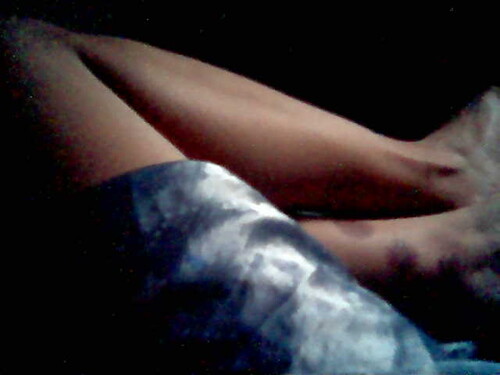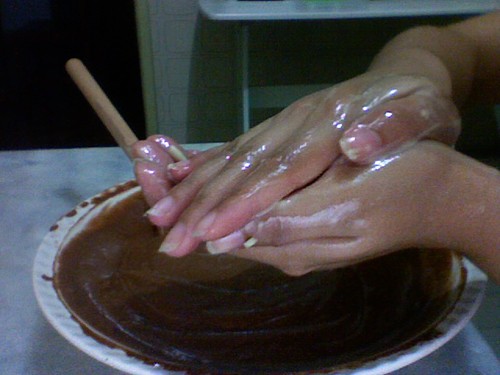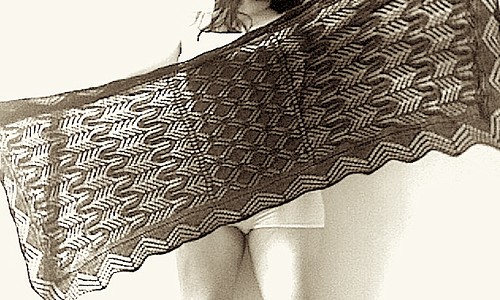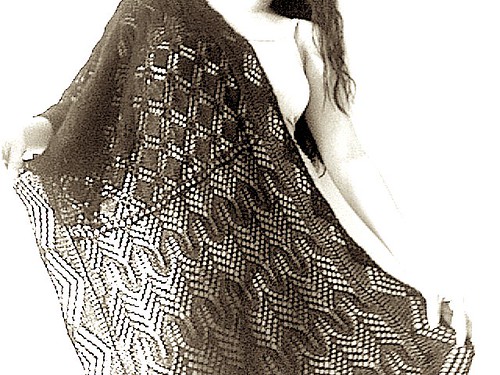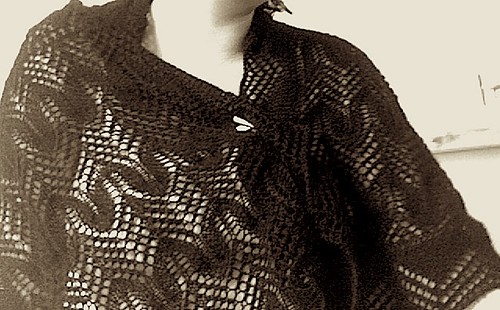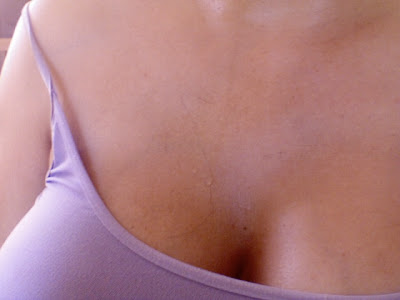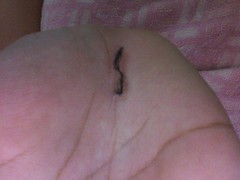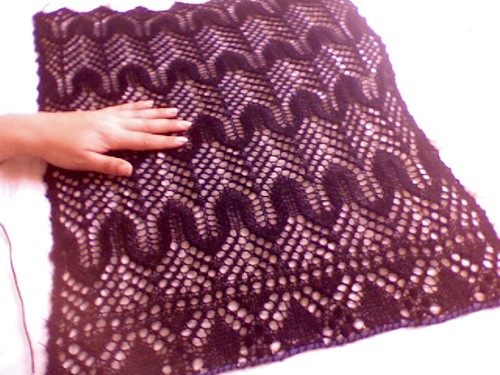Yesterday I read a series of posts on Figleaf's blog about bras, breasts, nipples, and how those relate (or not) to libido, feminism, cold weather, modesty, etc. Leaving aside the discussion of deeper subjects addressed on the posts and on the comments, one thing seems clear from reading the comments in there: each woman likes different styles of bras, for different reasons. Which comes as no surprise if you have any familiarity with women at all.I talked about this with friends and pointed out what's my problem with clothes manufacturers. I hate shopping for bras because all I find is underwired bras with foam padding on the cup (that kind of padding that adds fake volume to cleavage). Not to discuss why some girls feel the need to resort to that, but when I can't find a D-cup bra that _still_ has extra pads inside, I get to wonder if this is really necessary, or even desired. That's my beef. I don't believe customers think they need to fake bigger breasts. I don't think the manufacturers made some poll and discovered they'd sell more if every bra was padded.
I think manufacturers decided to do things this way and tell the customers that's what they always wanted. Same with skinny fit jeans trousers. Same with cropped jackets, cropped jackets, button-up shirts that just won't close on the front (ironic that the bras get bigger and the shirts get smaller).
The last shirt I bought from a women's store was labelled as extra large and it's still a little tight. A man's t-shirt in a small size is too big for me. I was once told, in 5 stores in a roll, that they didn't make clothes large enough to me, and to try on stores for bigger women. This worries me, and not because I think I'm getting obese. I worry that we'll end up like Argentina.
I read this article a few years ago, about how stores in Argentina only stocked up on very small clothes. Things got to the point where a new law was introduced to force stores to offer normal sizes to try to stop the raising rates of anorexia on the country (Article on BBC Radio 4 in english). Which brings me to my point: I told my (male) friend this story and he replies: "Oh, I hate those stupid laws! Government shouldn't interfere on economy more than the absolute necessary. Why don't these people just don't buy on other stores?"
Yeah. Easy to say that. But what do you do when _no_ stores have your size? I've always felt liberalism was closer to my heart than state-controlled anything. But I don't need the clothing industry trying to convince me that I'm fat. My mom is already enough.
Ontem eu li uma série de posts no blog do Figleaf que começaram sobre sutiãs, passaram por feminismo e adiante. Deixando de lado a disicussão sociológica mais profunda que aconteceu nos comentários, o que ficou mais claro é que toda mulher tem gostos diferentes com relação a roupas (includindo roupas de baixo). Tava falando disso com uns amigos depois, e aí eu comecei a falar do meu grande problema com a indústria da moda. Eu não acredito que os fabricantes fornecem o que os clientes querem ou precisam. O que eu acho é que os fabricantes decidem que um certo estilo é o que vai vender, e aí dizem pra nós, consumidores, que esse estilo é o que nós devemos querer. Exemplos: é quase impossível encontrar um sutiã 44 ou mesmo 46 sem enchimento. Fala sério, uma pessoa que precisa de um sutiã 44 _realmente_ precisa de enchimento extra? E a dificuldade de encontrar qualquer calça jeans que calça que não seja cintura alta, boca reta ou cigarrette e coladíssima? Ou uma blusa que abotoe direito na frente?
A última blusa que eu comprei é tamanho extragrande e ainda fica apertada. Mas se eu comprar uma camiseta masculina, a pequena é grande demais pra mim. Uma vez me disseram em 5 lojas seguidas que eles não trabalhavam com tamanho grande, e me mandaram procurar lojas pra "pessoas cheinhas". O que me preocupa nisso não é que eu esteja ficando obesa, mas que a gente vai acabar feito a Argentina, onde as lojas só vendiam roupas superpequenas, e foi preciso uma lei pra forçar as lojas a venderem roupas de tamanho normal, pra parar a onda de anorexia (Artigo na Veja, Artigo na BBC Radio 4 em inglês). Aí eu conto essa história pra um amigo e ele responde: "Nossa, odeio essas leis idiotas. O governo tem que se meter o mínimo necessário; é só deixar de comprar na loja ruim e comprar em outras lojas."
Fácil dizer isso, mas o que que se faz quando loja nenhuma tem o seu tamanho, ou o seu estilo? Em teoria, politicamente, eu sou liberal. Mas eu não preciso da indústria da moda tentando me convencer de que eu sou gorda, já basta minha mãe.
